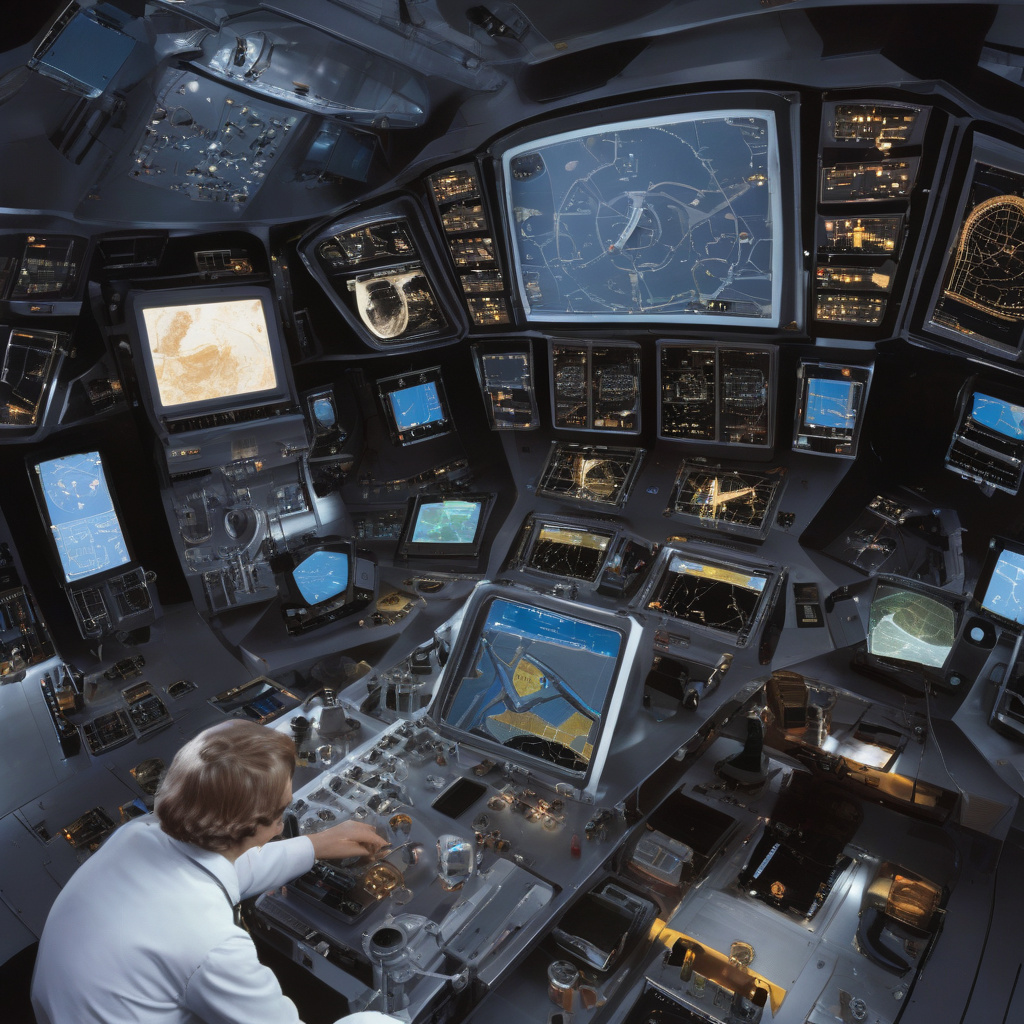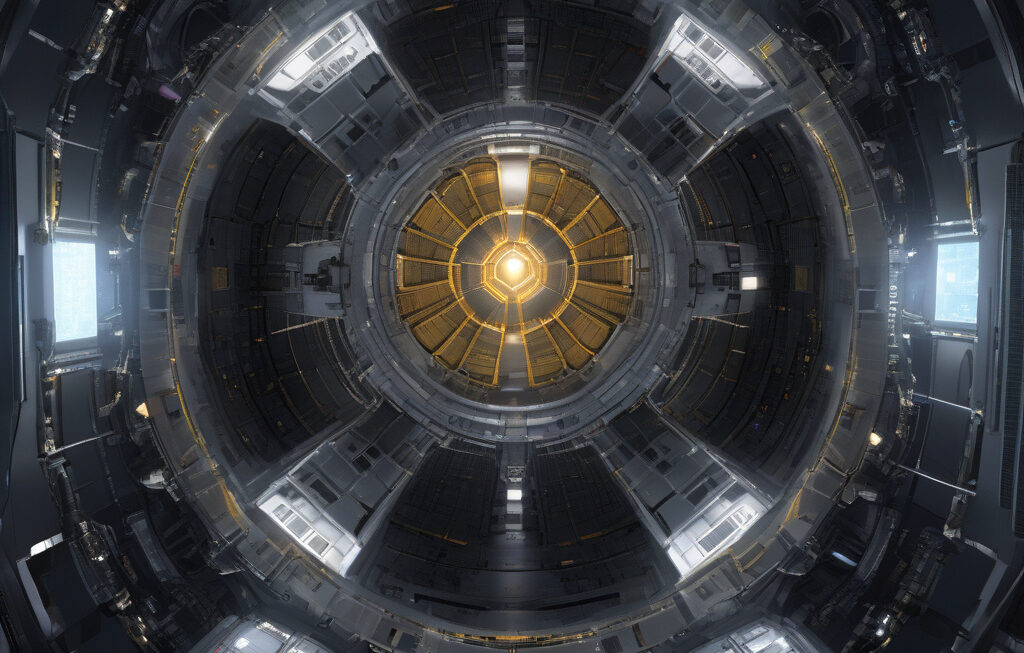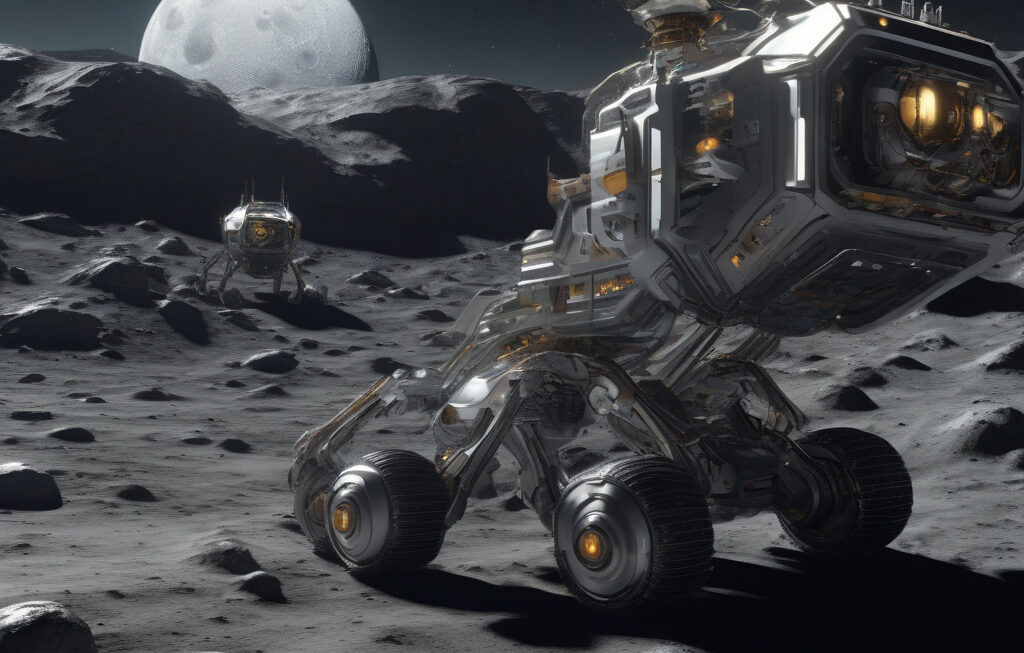US Builds ‘Spacecraft Speedometer’ to Enhance Satellite Navigation Without GPS
Researchers from Los Alamos National Laboratory and the U.S. Air Force Academy have created a groundbreaking technology that could revolutionize satellite navigation. The innovative system, dubbed the ‘spacecraft speedometer,’ aims to provide precise velocity measurements for spacecraft without relying on the Global Positioning System (GPS).
In the vast expanse of space, where GPS signals may be weak or unavailable, ensuring accurate navigation for satellites is crucial. Traditional methods of determining a spacecraft’s velocity often rely on GPS data, which can be unreliable in certain space environments. This limitation has prompted researchers to develop an alternative solution that is not dependent on GPS.
The spacecraft speedometer works by analyzing the slight changes in the frequency of signals emitted by pulsars, rapidly rotating neutron stars that emit beams of radiation at regular intervals. These signals serve as natural landmarks in space, allowing spacecraft to triangulate their position and calculate their velocity relative to the pulsars.
One of the key advantages of this technology is its independence from GPS, making it a reliable option for spacecraft navigating in GPS-denied environments. By leveraging the signals from pulsars, the spacecraft speedometer offers a robust and accurate method for determining velocity, essential for various space missions.
Moreover, the system’s ability to provide real-time velocity measurements enhances the efficiency and safety of satellite operations. Whether in Earth’s orbit or deep space exploration, having precise velocity data is crucial for maneuvering spacecraft, docking with other modules, and avoiding collisions with space debris.
The collaboration between Los Alamos National Laboratory and the U.S. Air Force Academy highlights the importance of interdisciplinary partnerships in driving innovation. By combining expertise in astrophysics, engineering, and space technology, the research team was able to develop a cutting-edge solution to address a critical need in satellite navigation.
The implications of the spacecraft speedometer extend beyond enhancing current satellite operations. Future space missions, such as lunar exploration, Mars missions, and satellite constellations, could benefit significantly from this technology. With its ability to function independently of GPS, the spacecraft speedometer opens up new possibilities for navigating and exploring space beyond Earth’s orbit.
As the space industry continues to evolve and expand, innovative technologies like the spacecraft speedometer play a vital role in advancing space exploration capabilities. By pushing the boundaries of what is possible in satellite navigation, researchers pave the way for new discoveries and achievements in the realm of space science and technology.
In conclusion, the development of the spacecraft speedometer marks a significant milestone in enhancing satellite navigation without relying on GPS. With its reliance on pulsar signals and real-time velocity measurements, this technology offers a reliable and precise method for spacecraft to navigate in GPS-denied environments, paving the way for future space exploration endeavors.
#SatelliteNavigation, #SpaceTechnology, #SpaceExploration, #Innovation, #GPSAlternative












